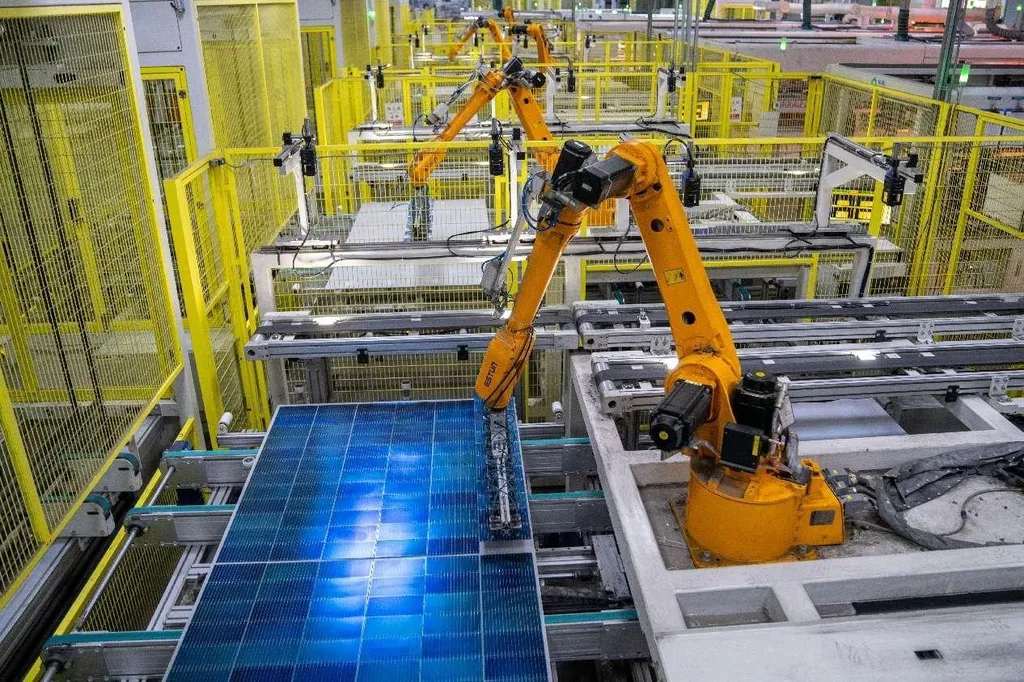In the realm of precision manufacturing, particularly in the energy sector where thin-walled components are paramount, the challenge of monitoring and mitigating chatter during polishing and grinding processes has long been a hurdle. Traditional methods have often fallen short, but a groundbreaking study led by Y. Zhao from the School of Mechanical Engineering at Shenyang Jianzhu University in China is set to change the game. Published in the journal *Mechanical Sciences* (which translates to *Mechanical Sciences* in English), this research introduces a novel approach that combines deep learning and signal processing to achieve unprecedented accuracy in chatter monitoring.
The study focuses on thin-walled titanium alloy components, which are critical in industries such as aerospace and energy due to their lightweight and high-strength properties. “The traditional convolutional neural networks have limitations when it comes to monitoring chatter in such precise operations,” explains Y. Zhao. “Our approach fuses deep separable convolutional neural networks (DCNNs) with gated recurrent units (GRUs) to overcome these challenges.”
The process begins with preprocessing the grinding force signal using an optimized variational model decomposition (VMD) algorithm and wavelet threshold denoising. This step ensures that the data fed into the neural network is as clean and accurate as possible. To further refine the model, the researchers employed a hybrid genetic–particle swarm algorithm (MGP) to optimize the hyperparameters.
The heart of this innovation lies in the designed squeeze-and-excitation (SE)–DCNN–GRU model. This model uses deep separable convolution for multi-scale feature extraction, which allows it to capture a wide range of features from the grinding force signal. The SE attention module enhances the representation of key features, while residual connections help address network degradation issues, ensuring the model remains robust and accurate over time.
The results are impressive. The model achieves up to 98.8% recognition accuracy for thin-walled titanium alloy components, maintaining over 95% accuracy even under -5 dB noise conditions. “This level of accuracy is a significant leap forward,” says Y. Zhao. “It provides a reliable solution for chatter monitoring under complex operating conditions, which is crucial for industries that demand precision and quality.”
The convergence speed of the model has also seen a remarkable improvement, increasing by 39% with significantly enhanced stability. This means that manufacturers can achieve faster and more consistent results, reducing downtime and improving overall efficiency.
The implications of this research are far-reaching. In the energy sector, where the demand for high-precision components is ever-growing, this technology can lead to more efficient and reliable manufacturing processes. It can also pave the way for further advancements in the field of intelligent manufacturing, where machine learning and artificial intelligence play a pivotal role.
As the energy sector continues to evolve, the need for innovative solutions to monitor and control manufacturing processes becomes increasingly important. This research by Y. Zhao and his team not only addresses a critical challenge but also sets the stage for future developments in the field. By combining cutting-edge technology with practical applications, they are shaping the future of precision manufacturing, one component at a time.

